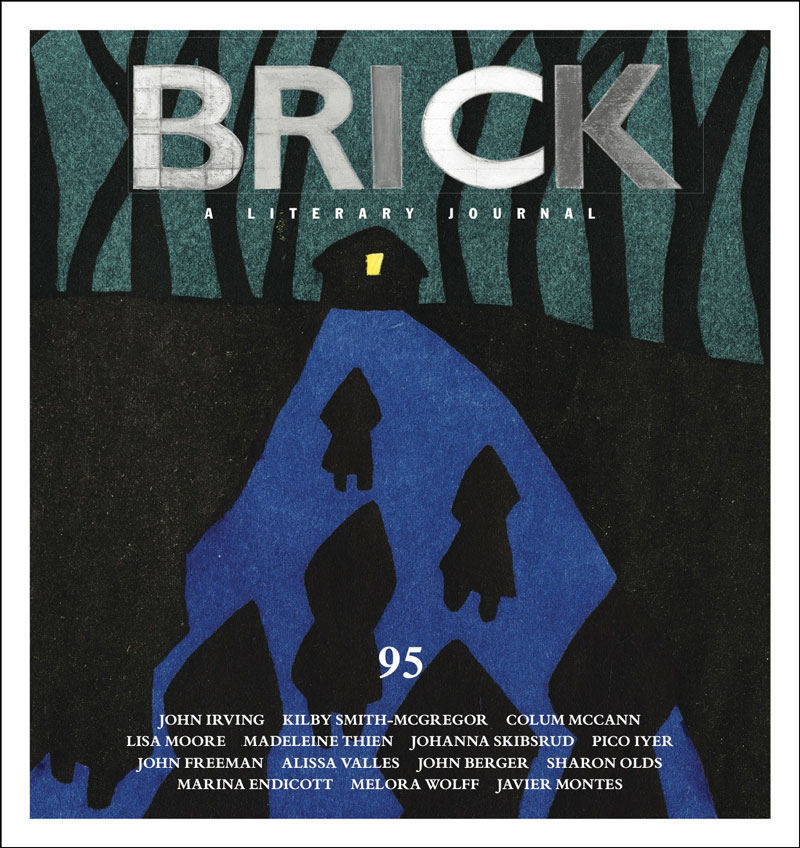My mother’s favourite book was the Chinese classic novel Dream of the Red Chamber, also known as The Story of the Stone, also known as A Dream of Red Mansions. This was the only work of fiction on her bookshelf. I remember picking the novel up only once when I was young. I was drawn to its magisterial heft, to the consolidated weight of more than a thousand pages. But because I could not read Chinese, I gravitated instead to her Chinese–English dictionary, a heavy yet small book, the size of my hand, that translated shapes (书) into words (book). My mother passed away suddenly in 2002, and her copy of Dream of the Red Chamber vanished.
The novel was written 250 years ago by Cao Xueqin, who was still writing it when he died suddenly in 1763. Approximately twelve copies of Dream of the Red Chamber existed in the years following his death, handwritten editions made by his family and friends. The manuscripts differed in small ways from one another, but each was eighty chapters long. Unfinished, the novel ended almost in mid-sentence.
Those handwritten copies began to circulate in Beijing. Rumours spread of an epic, soul-splitting tale, a novel populated by more than three hundred characters from all walks of life, a story about the end of an era, about the overlapping lines of illusion and existence, a novel that took hold and would not let you go. In 1792, nearly thirty years after Cao Xueqin’s death, two Chinese scholars came forward and claimed to be in possession of the author’s papers. They proceeded to publish what they said was the complete manuscript, consisting of one hundred and twenty chapters, thirteen hundred pages. Movable type had existed in China since the eleventh century, but this was the first time Dream of the Red Chamber appeared in print.
It has been the pre-eminent Chinese novel ever since, attracting legions of scholars—so many that they form a movement, Redology. Some believe that, for reasons unknown, Cao Xueqin destroyed the last forty chapters of his novel, that the two scholars finished the book themselves. Today in China there are more than seventy-five editions. Some are eighty chapters, others are one hundred and twenty, and some are one hundred and ten. Dream of the Red Chamber has multiple endings and it also has no ending.
A few years ago, I began writing a novel set in Shanghai. My own novel circles around a hand-copied manuscript with no author, a story with no beginning and no end. I knew nothing about the story surrounding Dream of the Red Chamber because I had never read the novel; no one had mentioned it in any literature course I had ever taken. A couple of years ago, missing my mother, I finally began to read it. The novel took root in me. When I learned of the handwritten copies, the continuation, the unknown authorship, I felt oddly, exhilaratingly, as if I had always known this story. I had folded it into my own book: a truth unwittingly carried in a fiction, an illusion as the structure of a truth.
Dream of the Red Chamber is hands down the most widely read book in the Chinese-speaking world, making it perhaps the most read novel in history. Professor John Minford, who translated an edition with celebrated translator and Chinese scholar David Hawkes, described it as a novel that combines the highest qualities of Jane Austen, William Thackeray, Marcel Proust, and Honoré de Balzac. After 250 years, readers continue to decode its mysteries. Readers like my mother felt ownership over the novel. With Dream of the Red Chamber, none of us can ever know where the ending lies or what is only another beginning. The novel itself is a playful and profound mirror to the life of the imagination. Lines from the first chapter read, “Truth becomes fiction when the fiction’s true. Real becomes not-real where the unreal’s real.”
I still have my mother’s dictionary. I often wonder what happened to her copy of Dream of the Red Chamber. I wonder whether it had eighty chapters, one hundred and twenty, or one hundred and ten. It was her girlhood copy. She’d had it through all her migrations, carrying it across the seas from Hong Kong to Canada. I had wanted to keep it all my life, but while I grieved my mother’s sudden death, someone reached out for the book on the shelf. They lost themselves in its love triangles, its forgotten era, its intricate dance between this world and its dream. They carried the book away with them, into its next life.
Madeleine Thien was born in Vancouver. She is the author of four books of fiction, most recently, Do Not Say We Have Nothing, a novel.
